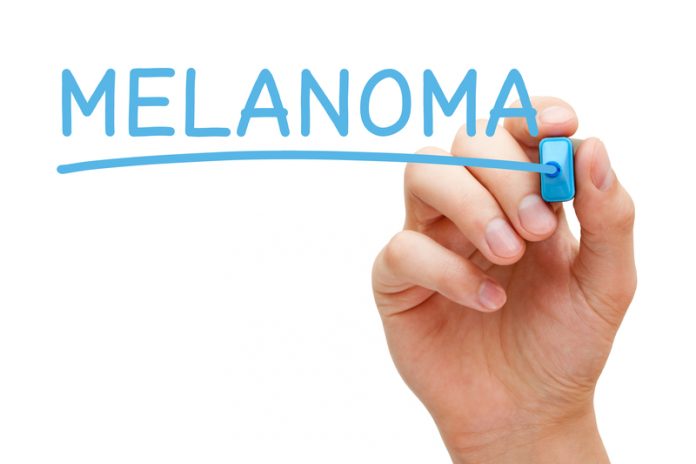The mission of the European Skin Cancer Foundation (ESCF) is placed under focus by Open Access Government, in combatting the increase in skin cancer incidence across Europe, including malignant melanoma
The European Skin Cancer Foundation (ESCF) has a clear mission, to assist in developing and providing standardised prevention strategies and treatment guidelines on a European level. In this vein, they are, therefore, contributing to better primary and secondary prevention of these malignancies, as well as educating on the best treatment practices by means of training and exchanging knowledge.
Today, skin cancer is the most common malignancy in Caucasians. While the incidence of skin cancer has been increasing during the last few decades, its morbidity and the health burden associated with it have been underestimated by politicians, healthcare officials and the public, according to ESCF. Before you read on, a vital point worth pondering is that on a global scale, two to three million people develop skin cancer every year. That’s quite a lot when you think about it.
The ESCF’s website underlines that diverse treatment algorithms are followed in many countries across Europe, a point they go on to explain in their own words. “The diagnosis and management of skin cancer in Europe has been in the hands of dermatologists. According to the high incidence and limited availability of dermatologists, however, general practitioners will have to be involved in the care of skin cancer patients, especially of those with non-melanoma skin cancer.”
Malignant melanoma
A malignant melanoma is the most dangerous malignant skin tumour – it develops through degeneration of the pigment-producing skin cells (melanocytes) and due to its often black or dark-brown colour it is usually termed as “black skin cancer”.
Risk factors for malignant melanoma include a high incidence of sunburn in childhood and youth and when the condition is present in family history, such as those with light skin types. Other risk factors include artificial UV-radiation like tanning booths or therapeutic UV-radiation, for example in psoriasis or atopic dermatitis patients. People who work outdoors and take part in activities like aquatic sports, hiking, cycling or rock climbing are also at a higher risk.
ESCF’s website reveals that nodular malignant melanoma is the most dangerous type of skin cancer because it grows early and can metastasize through ingrowths in blood vessels. ESCF explains that nodular malignant melanoma consists of dark, blue or black nodules or nods with an inclination to bleed. Appearing on just the hands and feet, the acral lentiginous melanoma can sometimes be found underneath the nails.
To a large extent, malignant melanoma develops on visible areas of the skin, indeed very rarely do they develop on internal organs or mucous membranes. ESCF’s website goes on to develop this aspect of skin cancer in their own words.
“About 70% of malignant melanoma appears as superficial spreading malignant melanoma…In progress, dark nodules may appear or the mark may lose the pigmentation. These signs are not good, you should see your dermatologist immediately.
“You can find superficial spreading malignant melanoma mostly in areas of the skin which are not regularly exposed to the sunlight. In male patients, they appear mostly on the back, in female patients on the lower legs. On the chronically sun-exposed facial skin of elder people, one can find the lentigo maligna melanoma, its incidence accounts for about 10% of malignant melanoma.”
Education and research
When it comes to education, this could not be more important to the ESCF, who aim to promote skin cancer awareness and knowledge for several target groups, such as healthcare officials, politicians and the public. Awareness and education campaigns to enhance knowledge regarding skin cancer and the associated costs for the healthcare system are aspects of ESCF’s work that they believe in very strongly.
In terms of educating those in the healthcare sector, ESCF stresses that general practitioners and dermatologists should be informed and trained on all aspects of skin cancer, including diagnosis, treatment, prevention – which will enable such professionals to carry out regular skin cancer screenings and to treat the early stages of skin cancer.
ESCF plays a part in developing prevention and treatment guidelines, in collaboration with all partners, with the view of providing standardised care for skin cancer patients all over Europe. In this vein, treatment guidelines will include special guidance for each form of skin cancer.
In closing, it’s worth highlighting that ESCF strongly advocates the establishment of skin cancer centres around Europe that follow standardised guidelines and provide optimal care for patients. In addition, ESCF advocates research activities in the field of skin cancer, emphasising innovative modalities for skin cancer prevention, treatment and diagnosis in the future.
Open Access Government











